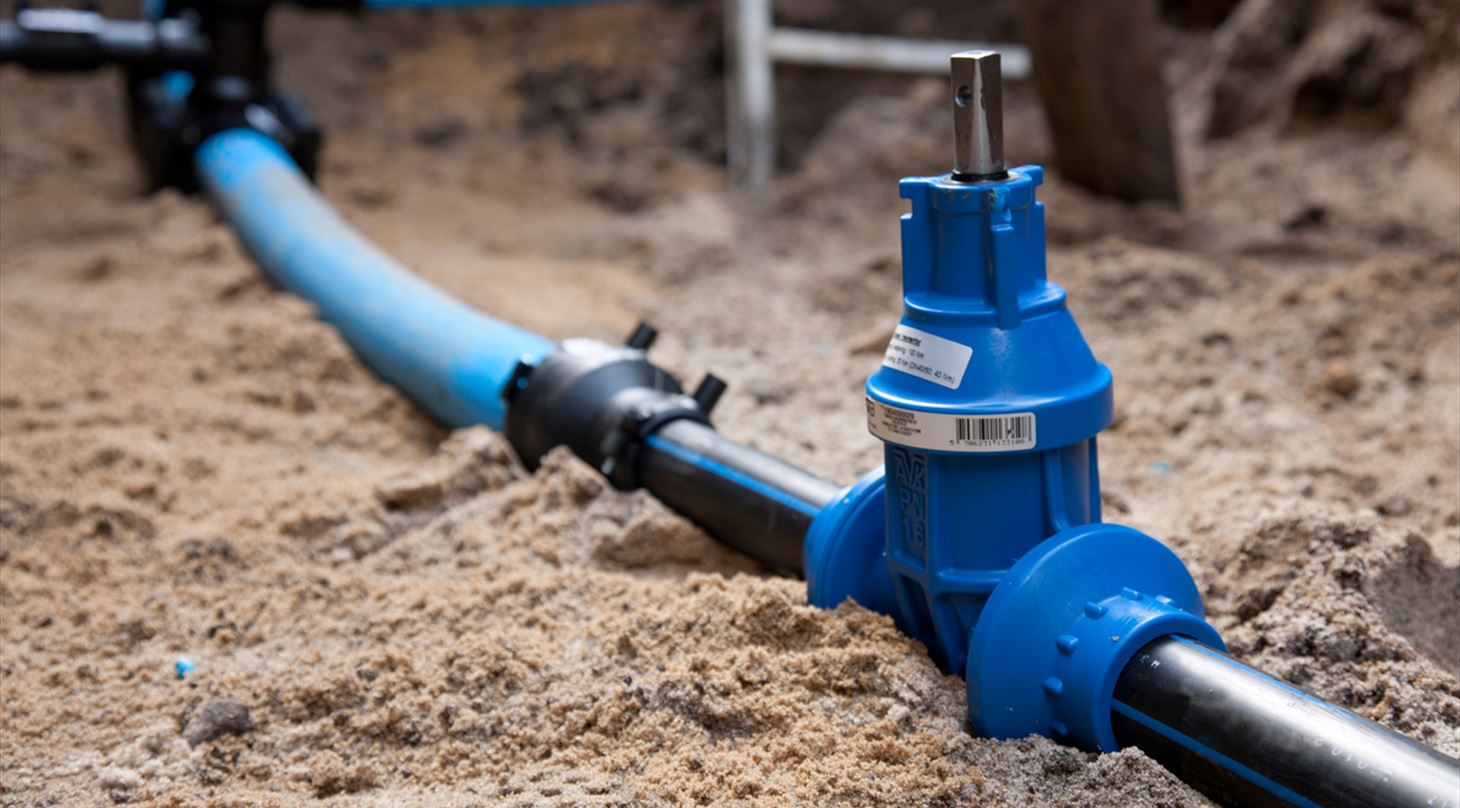
Metal 3D printing leads to higher quality of advanced injection molding
AVK produces injection molded valves for firefighting, gas supply, drinking water, and wastewater. A desire for greater control in production and higher quality of the end result led them to explore metal 3D printing with the help of the Danish Technological Institute.
In collaboration with AVK, the Danish Technological Institute has produced a core for a larger injection molding tool, which can help control the temperature and distribution of molten plastic, resulting in fewer defects and less need for post-processing.
We chose to use 3D printing because we need to place an inlet inside the part. This feature means that we will be dealing with some energy that we cannot remove without having a cooling system integrated into the part. And this cooling system can be created using 3D printing
- Nils Paaske, AVK Holding A/S
In the video below you can learn more about AVK's 3D printing project with the Danish Techological Institute.
Cooling channels and insulation
With the desire to regulate the temperature, the core was designed with built-in cooling channels running like a metro system under the part's surface. These channels allow AVK to blow cold air through the part, lowering the temperature. Additionally, an insulating layer surrounds the central inlet where the hot plastic flows, ensuring that the plastic in the inlet does not cool and solidify before reaching the mold.
AVK has also experienced easier post-processing when the part is molded:
- 3D printing has helped us produce a part that is so precise that post-processing is unnecessary. By eliminating post-processing, we avoid a lot of clamping in production, where you have to account for part variance. Moreover, it also allows us to begin automating more processes, says Michael Mortensen, R&D Manager at AVK.
The new core provides a more consistent production and eliminates the need for post-molding processing. This results in savings in terms of time, materials, energy consumption, and CO2 emissions
- Kristoffer Ryelund, Danish Technological Institute
In this video, you can hear about the technical aspects and benefits of the 3D printed inner core.